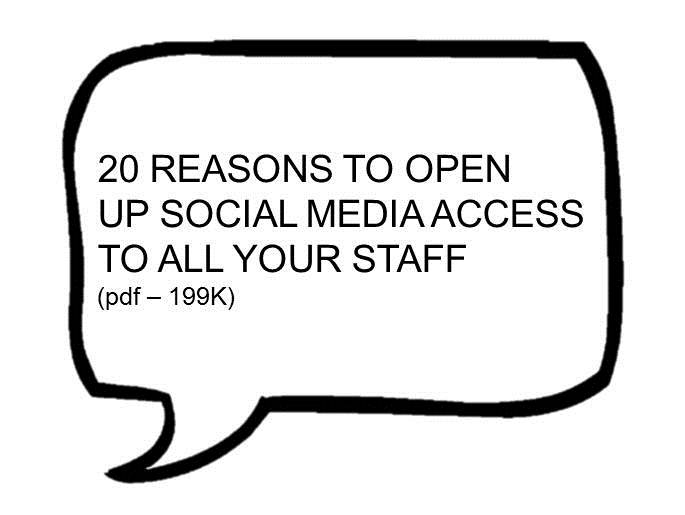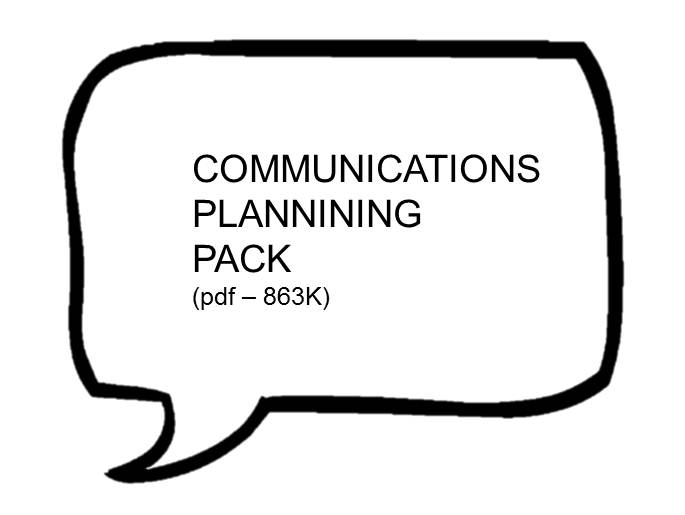 Sunday, January 15, 2012
Sunday, January 15, 2012 knowing your ABC's
The world has never been more full of stats, figures and data. Bank losses, Facebook numbers, job cuts – the list is virtually endless and the transparency agenda has only increased the numbers maze.
Closer to home, our working world’s are also all about metrics, ROI’s, sales figures...
And our home lives are stacked full of numbers too – bank balances, school league tables, weather forecasts, mortgage rates, the price of fish.
Being a middle-aged bloke I actually love stats and figures, whether it’s reciting football scores and attendances from my beloved Birmingham City for the 2001/02 season, or being able to rattle off budget figures, savings achieved and income delivered at work.
So, as comms people we all know the key metrics applicable to our own jobs and organisations don’t we, especially when it comes to our audiences and customers. We know how many staff we need to communicate with, we know how many people are following our twitter accounts and we know how many residents or customers we need to talk to.
The metrics matter whatever the discipline.
If you look after your organisation’s website you’ll know all about your site traffic, your visitor numbers and page views. You’ll also know how long visitors spend on your site and which pages are of most interest. The numbers will tell you that.
Same for you marketing folk – you’ll know how many customers attend your events, sign up to new initiatives and interact with your campaigns.
Consultation officers – again, all about the numbers and the data. The data and trends you unearth informs policies and shapes future strategy.
And finally press officers. You all know exactly what type of metrics your work outputs – the number of releases and statements you’ve distributed, the number of enquiries you manage, the number of comms plans you deliver. You’ll measure the lot.
And, of course, you’ll know how many copies your local newspaper sells each day – yes?
Or do you?
It’s an easy trap to fall into - “Yeah, the local evening bugle has a circulation of 50,000 copies a day so it’s really important that we target them as a priority.”
True, to an extent. But is the local newspaper still your number one priority and comms channel? What do the numbers tell you?
What you’ll often find is that we loosely throw around some circulation figures from back in the day.
But scratch beneath the surface and you could be in for a shock. I was recently when I looked at the circulation figures for a large, local newspaper in our region. The figures we’d been loosely quoting had actually halved, according to the audited figures for the first half of 2011. And that downward trend will continue almost as certain as day follows night.
The only question is how steeply those sales figures will continue to fall.
This isn’t going to be news to anyone, of course, but it’s important that we adopt a marketing-led approach to the direction and focus of our communications activity. The metrics really do matter.
So what is the point of all of this?
Well the point is this – if you have 2 or 3 press officers in your comms team and they are all spending the vast majority of their time working on releases and statements for said local newspaper then you are in danger of not taking into account the metrics.
Of course, I’m not suggesting that we abandon our work with our local newspapers. But is the level of prioritisation we give it still right? How do the numbers stack up against the other channels, traditional and new? Only you can answer that for your own areas.
The ABC challenge...
So take the ABC challenge in your office. Ask everyone to predict what your latest, audited circulation figures are for your key local newspaper and then check them here.
You might just be in for a bit of a surprise.
If you don’t get the localised breakdown that you need here then ask your local newspaper's sales staff for the very latest audited figures for your area. They will no doubt call you sometime this week trying to flog you some ad space anyway so it’s easy info to obtain.
And then share this information with the people who tell you that being in the local newspaper is the most important thing in the world. The truth is, it probably isn’t anymore.
Darren Caveney is co-creator of comms2point0 and vice chair of LGComms
















Reader Comments (3)
Interesting points. Would like to say though, they as a press officer, your output should not be the thing you worry about. It's what you achieve that you should measure. Any old monkey can send out three press releases a day but it takes real skill to achieve quality coverage in the right publication. Which brings me onto the point of circulation figures.
I would argue that it's not so much about circulation figures. It's about readership figures. If The Sun sells 3 million copies, but is read by 9 million people, which stat is more important?
We regularly check the circulation of our main local newspaper and were interested to see how this tallied up with how many residents say they read it. The figures were interesting. Yes, the circulation is small and dwindling but 60 per cent of people say they read it.
So don't always go on circulation. Consider readership too.
Interesting points, Darren and Charlotte. I'm sure many people have their own equally useful sources; I find Press Gazette good for Scottish national and regional analysis.
For example:
· Aug 2012 Scottish national www.pressgazette.co.uk/story.asp? sectioncode=1&storycode=49653&c=1
· Scottish regional (August 2012, analysis based on first six months of 2012): www.pressgazette.co.uk/story.asp? sectioncode=1&storycode=49954&c=1
MarCommsKenny
Thanks Charlotte and Kenny. Some really good points there.
Locally, we have a daily newspaper with sales that equate to 3% of the population. Even if you multiply that by three (and the evidence for justifying such a multiplication, in these much changed times, is patchy from what I can see) you are still left with the majority of residents no longer buying or reading that paper.
Of course, if differs all over the UK so all I was trying to say was there is a danger in assuming that your local newspaper has the clout it once had (which is something I hear a lot)
What my post maybe didn't get across very well was that the changing media landscape presents a challenge to us all and a rethinking (for some) of conventional, traditional approaches.
Then, of course, there is the discussion about the accuracy of the content of the coverage we achieve. But that's a whole other subject and post.
cheers
Darren